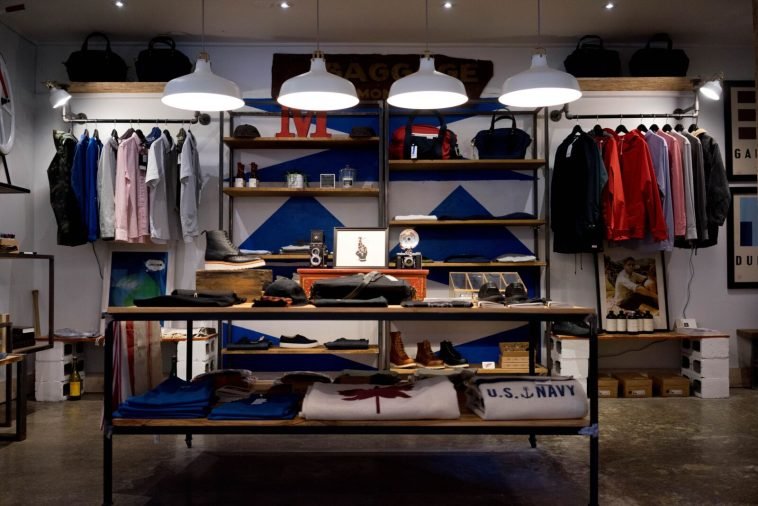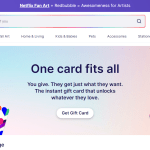If you’re running a print-on-demand (POD) business, or thinking about starting one, you already know how important it is to stand out.
There are thousands of designs, niches, and ideas floating around online—but how do you know which ones are worth your time?
This is where research comes in. It’s the difference between making random designs that don’t sell, and building a store that people buy from.
Good research helps you figure out what people want, what’s already working, and where you can create something better or more unique.
I’ve seen a lot of people jump into POD with great energy but no real plan. They get excited, upload 50 designs, and wait. Nothing happens. No sales, no traffic. They feel defeated. The truth? They skipped the research part.
So let’s walk through it together.
I’ll show you how I do it—step by step—so you can build a print-on-demand brand that’s based on real data, not guesses.
Why Research Matters for Print on Demand
Here’s the thing: POD is a low-cost business model, but it’s not a “no-effort” one. Your success depends heavily on how well you understand:
What your target customers want
Which niches are trending (and which are oversaturated)
What your competitors are doing—and how you can do it better
Research helps you answer all of these.
For example, if you’re creating t-shirts with funny quotes, you want to make sure those quotes are trending, relevant, and not overused.
If you’re making products around a niche (like hiking, coffee lovers, or nurses), you want to know what kinds of designs are already popular and what’s missing.
So, let’s get into how to do that research.
Step 1: Find a Niche That Sells
Start by thinking about what you’re interested in. Then ask: are other people interested in this too?
Use tools like:
Google Trends (trends.google.com): Type in keywords like “cat shirts” or “vegan tote bags” and see how interest has changed over time. You want stable or growing trends—not ones that are declining.
Etsy Search Bar: Etsy shows you auto-suggestions when you start typing. This tells you what people are actively searching for.
Reddit: Search for communities (called subreddits) around your niche. Read what people are talking about. It’s a goldmine for real conversations.
Pinterest: Look for design inspiration and see what’s getting shared. Pinterest is especially strong for visual trends.
When you’re choosing a niche, go one step deeper. For example, instead of just “dogs,” think “funny rescue dog shirts” or “dachshund mom mugs.” That’s how you find the specific audience who will feel like your product was made just for them.
Step 2: Check the Competition
Once you’ve picked a niche, it’s time to look at who else is selling in that space.
Head over to:
Etsy and Amazon: Search for your niche + product type (e.g. “plant mom shirt” or “hiking enamel mug”). Pay attention to:
Bestsellers
Reviews (what are customers saying?)
Prices
Design styles
My Research Tool Tip: Use a free Chrome extension like EverBee (for Etsy) or DS Amazon Quick View. These show you estimated monthly sales and competition levels. Super helpful to figure out what’s working.
You don’t need to copy anyone—but it helps to know what’s out there. Look at:
What kinds of designs are trending?
What’s missing in the top results? (That’s your chance!)
Can you offer better value? A funnier message? A different style?
Step 3: Validate Your Ideas
Before you go ahead and design 100 products, test a few ideas first.
Here’s how I do it:
TeePublic, Redbubble, and Zazzle: These marketplaces have a built-in audience. Upload a few test designs and see which ones get views or sales. It’s like low-risk market research.
Run Instagram or Pinterest posts: Share mockups or polls. Ask your audience (or friends) which designs they like best.
Check keyword volume: Tools like Ubersuggest or Keyword Tool show how often people search for terms like “retired nurse mugs” or “introvert cat shirts.” You want keywords with high interest but low competition.
Use POD Spy Tools (Optional): Sites like Sale Samurai or Merch Informer are made for POD sellers. They give deep data, but you can also do fine without them when starting out.
Step 4: Design With Purpose
Once you know your niche and what people want, your design work becomes more focused. You’re not just making something you like—you’re making something your audience will buy.
A few quick tips:
Stick to clear, readable fonts
Use colors that fit the mood or theme (pastels for cute designs, bold for edgy ones)
Make mockups that show the product in real life (like someone holding the mug or wearing the shirt)
Great design isn’t just about looks. It’s about communication. Your shirt should make someone say, “That’s so me.”
Step 5: Track and Adjust
Once your products are live, keep an eye on what’s getting clicks, favorites, or sales. This tells you what’s working.
Here’s what I track:
Which designs are viewed the most?
Which listings get added to carts but not bought?
Which ones are getting no love at all?
Use this info to improve. Maybe the title needs tweaking. Maybe the design is good but the colors aren’t right. Maybe your tags are off.
That’s why research is never really “done.” I treat it like an ongoing part of my process.
FAQs
How do I know if a niche is too saturated?
If you search your keyword on Etsy or Amazon and get thousands of results—and the top ones are all from big sellers—it might be too crowded.
But saturation isn’t always bad. If you can niche down further or offer something better, you still have a shot.
Do I need paid tools to do research?
No. They help, especially when scaling, but you can get great results with free tools like Google Trends, Etsy search, and good old-fashioned observation.
How many niches should I start with?
Start with one or two. Get good at understanding that audience, then expand later. Spreading yourself too thin makes research harder and growth slower.
Final Thoughts
If you want real success in print-on-demand, start by doing solid research. Know your niche. Understand your audience. Study what’s already working. Test your ideas. And don’t be afraid to change things as you learn.
It’s not the flashiest part of the business, but it’s one of the most important. And the good news? You don’t need fancy tools or a big budget to do it right. You just need a curious mindset and a bit of patience.
So let me ask you this:
What’s one niche or idea you’ve been thinking about—but haven’t researched yet?





GIPHY App Key not set. Please check settings